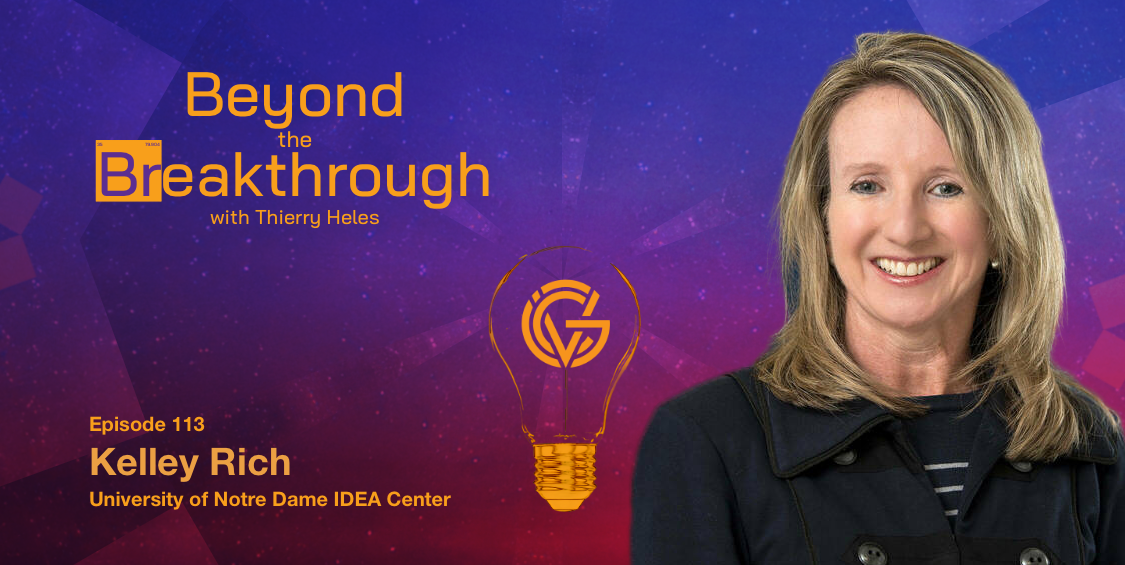A new $35m fund will be managed by external venture studio High Alpha Innovation and will work with the university on creating new startups.
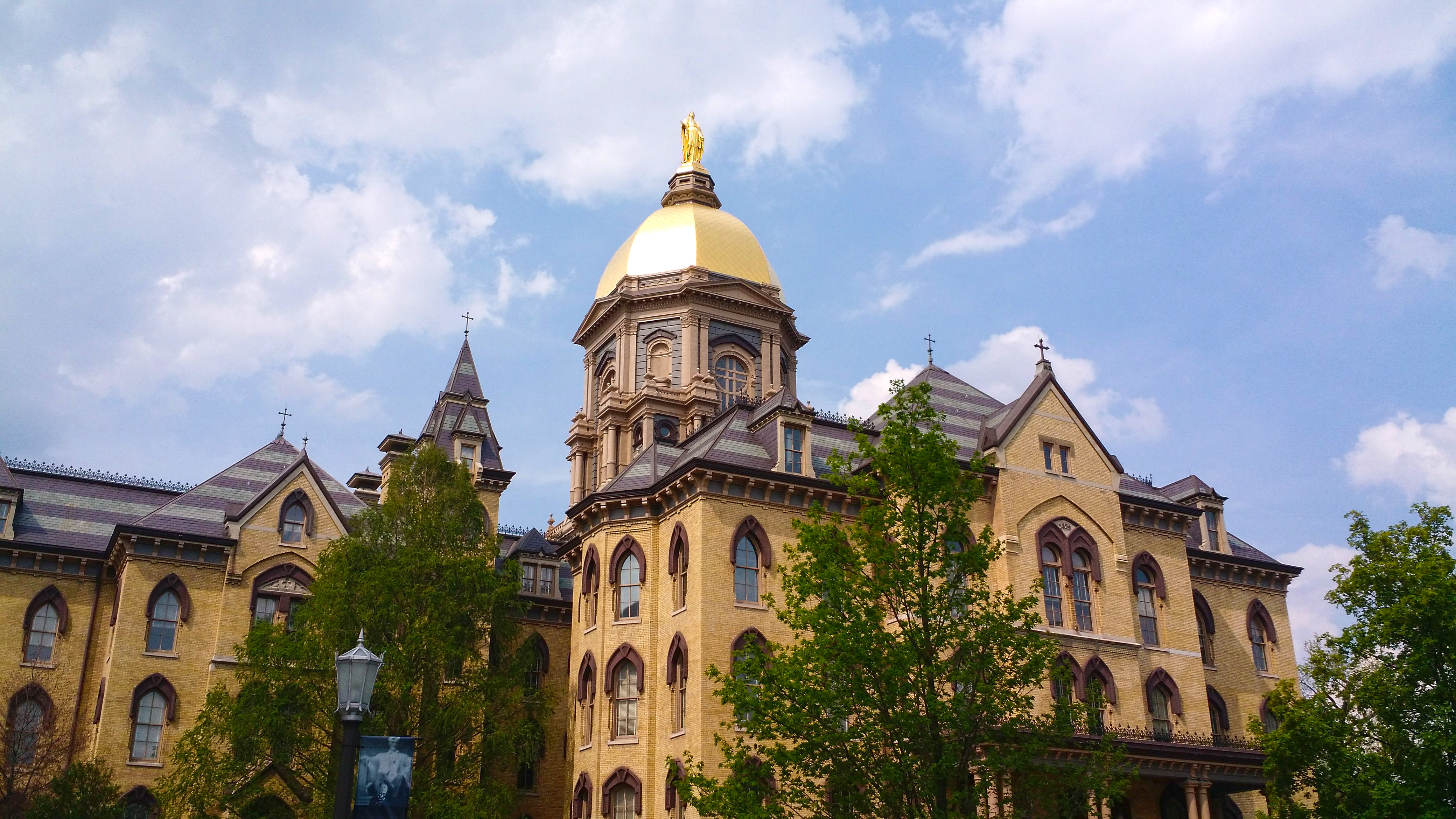
The University of Notre Dame’s main building. Photo by Matthew Rice on Wikimedia Commons
A lot of universities might set out a couple of million dollars at most to support fledgeling spinouts — but the University of Notre Dame is planning to go big. It already had a $22m vehicle, launched in 2018, and is now following that up with an ambition to raise $35m for its new 1842 Fund which will invest cheques of up to $1m in university, student and community startups.
The fund will be managed by an external venture studio operator, High Alpha Innovation, to bring in more VC-like best practices.
Notre Dame is one of a growing number of universities that are creating bigger investment funds to help their spinouts in the tricky period before outside investors are willing to back them. The very large spinout funds at the University of Oxford ($1bn) and the Massachusetts Institute of Technology ($435m, with plans to add $350m) are famous, but other institutions are also following this trend, at a smaller scale, such as the University System of Maryland, which has the $25m Maryland Momentum Fund.
Over the past decade, universities have learned that relying on external investors alone to fund spinouts is tricky — at launch, the technologies are often too risky for conventional venture capital and require specialist investors. A university fund, however, can make a huge impact. In the nine years since the University of Oxford launched Oxford Sciences Innovation in 2015, it has created more than 180 companies – compared to the 120 it had set up in the 57 years previously.

The University of Notre Dame first realised this in 2018, when it created the Pit Road Fund with $22m to invest in its companies.
The fund “really kickstarted” commercialisation activities at the university, says Kelley Rich, interim vice-president for innovation at the University of Notre Dame.
But with the second fund, they want to go even further. The Pit Road Fund was managed by the university’s own innovation hub IDEA Center, but it had become obvious that the university lacked some of the skills and experience with back office operations of a venture capital fund.
“I have to give our financial team a lot of credit. They did a fantastic job in supporting the fund, but it was a heavy lift and something that was a little bit out of the ordinary,” says Rich.
So Notre Dame has brought in Indiana-based venture studio operator High Alpha Innovation to manage this second, 1842 Fund, which launched with $17.5m towards its $35m goal at the end of last year. The fund, named after the university’s founding year, will have access to a pipeline of potential spinouts through the IDEA Center.
A hands-on approach to creating a startup pipeline
High Alpha Innovation is not just going to invest in existing spinouts, it will also create them through an on-campus venture studio. An initial focus for the studio will be poverty, in line with a university-wide initiative launched in January.
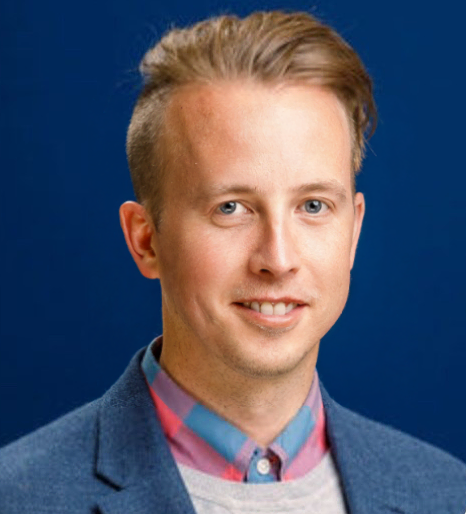
High Alpha’s venture studio model has a solid track record: since 2015 it has launched 40 startups, and since 2020, it has built 18 startups for external partners, mainly corporations.
“We launch things that are truly venture-backable and that we believe will be advantaged in the marketplace,” explains Matthew Brady, managing director of High Alpha Innovation. The initial process typically takes four months of diligence “and if we go through that and we say, ‘do not pass, go,’ that’s fine,” Brady adds. It’s better to come to that conclusion and give feedback to researchers on what needs more work before there is a business, he explains, “than launching something and pretending like you have a startup.”
One of the benefits of having an on-campus venture studio will be to maintain the 1842 Fund’s link to Notre Dame, as the IDEA Center saw a danger of follow-on funds increasingly drifting away from their institution. Arch Venture Partners, for example, started as a University of Chicago-owned fund but is now a fully independent venture capital firm.
“With a venture studio model, there was an argument that they would lean in heavier into the university in support of commercialising that research,” says Matt Gardner, partner of the 1842 Fund. In other words: there won’t be a need for the 1842 Fund to look further afield for deal flow if it can actively create opportunities with the IDEA Center.
Collaboration is part and parcel of the High Alpha model
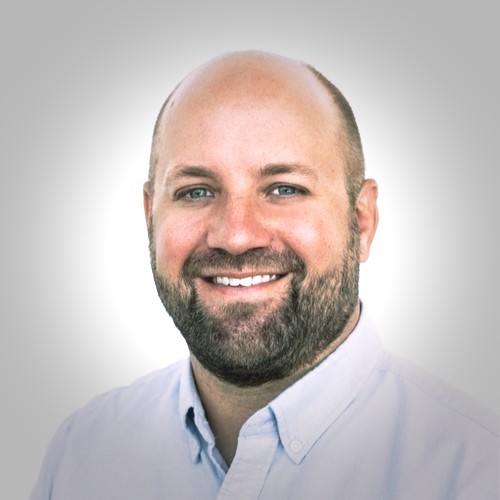
The 1842 Fund and Studio model is both collaborative and hands-on, says Mike Joslin, partner at the 1842 Fund, who has an office in the IDEA Center and sits in meetings from the point of invention disclosure — typically the first formal interaction a researcher will have with a tech transfer office.
Joslin says: “The way that our process differs is, for example, with the pitch deck. Instead of just hearing a pitch from a founder who is trying to commercialise some technology, and making a go/no-go decision, which is what a lot of university funds or just general venture funds do, I’m helping create the deck with them. I make sure that it is as venture-backable as possible.”
Joslin adds: “Our goal is to be that first cheque in, to be that first adviser alongside the IDEA Center, where we can make sure that before you go out and have that one call that you might ever get with a VC, it is as polished as possible.”
The 1842 Fund will write pre-seed cheques of $400,000 to $1m.
The model also works because, Brady says, “the second that we decide to launch something, we bring on external, professional founders. We do not launch companies with researchers as the CEO or chief technology officer. Researchers can absolutely call themselves founders, and they can do a wonderful job advising the startups, but they have a full-time job, and working on a startup is not the kind of thing you want to do on the side of your desk unless you want to impress the other professors.”
1842 is tapping both into the University of Notre Dame and the High Alpha Innovation networks to identify suitable founders. And High Alpha Innovation has an edge when it comes to building startup teams, Brady claims. “We typically look for former founders, someone who has gone through the process of zero to one a few times,” he explains. Crucially, they don’t have to have been the chief executive — they could have been, for example, head of product, as long as they helped build the company from a pre-seed to a series A or later stage. The benefit of not just looking for former CEOs, Brady says, is that there are many more who have been in a leadership capacity of some sort. “Our model can be quite attractive to those kinds of founders,” he says.
High Alpha Innovation is keen to bring in women and minorities. “We make explicit choices to bring on underrepresented founders,” Brady says. This is also a priority for universities and corporations, he adds.
You need to step away if it’s a bowl of spaghetti
The University of Notre Dame and High Alpha Innovation’s 1842 partnership — involving both a fund and on-campus studio — is unique, at least for now. But, Gardner says: “I see this emergence of these venture studio models, and I see the appetite that people that are trying to commercialise at universities have. I think we’re going to see more of this.”
High Alpha Innovation has built partnerships with five universities, all with slight variances. Brady highlights Purdue University, “focused entirely on one domain, agtech” and limited partners in that fund are “corporations in the agtech space” rather than individuals. The University of North Carolina (UNC) is also working on a fund launch with High Alpha Innovation, Brady says, and there, the costs of creating a venture studio will be covered by state funding (Notre Dame is a private university, not a public university). UNC’s fund, Brady anticipates, will be raised from high-net-worth individuals and corporations, as the 1842 Fund has.
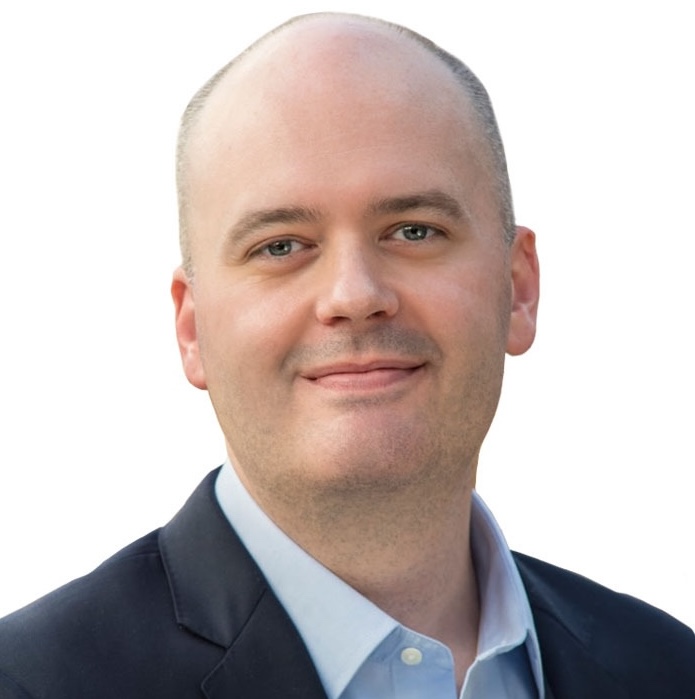
“There’s a slight permutation depending on what the strategic aspirations are of our university partners,” Brady says. “Our model is to come in and act as just a guide and build bespoke mechanisms. The keystone of all of these is the venture studio model. At its core, the idea is you can advantage startups. You don’t have to wait for an entrepreneur. You don’t have to wait for divine intervention. You can do it yourself. By the way, divine intervention is great, too. You can reverse engineer divine intervention. The exact structures and entities to get there are a little bit different. The venture studio model is at the centre of all of them.”
High Alpha Innovation plans to grow university partnerships at a measured pace. Brady says the firm will likely launch 10 funds and studios over the next few years and it is having informal conversations with a couple dozen universities to exchange best practices. “It is absolutely quality over quantity,” Brady stresses. “Our partnerships with, for example, Notre Dame, Purdue and UNC are so deep and integrated. It has made sense. I don’t think that we need to work with every university. In fact, the model isn’t appropriate for every university.”
“Unless there’s an appetite to take all the spaghetti out, we don’t go in and be part of some zero-sum game.”
Matthew Brady
There are instances where High Alpha Innovation will decline a partnership with a university, Brady says. “One is if a university feels like they are way behind” and they think High Alpha Innovation’s model is a way to catch up. “There can be such a thing as too much too soon because it could be that there’s no supporting programming, in which case, it would just be really hard. I think it’s sometimes more prudent to walk before you run,” he explains.
On the other hand, too much existing support is also a reason for High Alpha Innovation to say no. Joking that the innovation infrastructure at some of the biggest universities is “like a bowl of spaghetti”, Brady says: “You don’t know where one programme begins and another ends. There are some universities in the US where there are four or five accelerators. They’re all almost competing with each other. They have accelerators. They have funds. They have incubators. They have everything under the sun. It’s not clear what they all do.”
Brady says it doesn’t make sense for an outsider to step into this. “Unless there’s an appetite to take all the spaghetti out, we don’t go in and be part of some zero-sum game,” he says.
A network of university spinout studios?
Brady is acutely aware of the need to be “choiceful” because the High Alpha Innovation model “is more intensive than alternatives” and there is a risk that cynicism will grow. “Cynicism abounds in the whole marketplace, anything innovation or venture-related — I think in some cases rightfully so. If you just say yes to everything, all of a sudden you’re choosing less ideal relationships. You’re not focusing on advantage. You’re not focusing on differentiation. You’re not focusing truly on your partner’s needs. All of a sudden the cynicism is well founded and that’s not good for anyone.”
It doesn’t stop High Alpha Innovation from dreaming big. Brady is working on the University Studio Guild — a network of all the different universities he has been talking to, allowing them to compare notes. The group met for the first time a few weeks ago and the aim is to convene once a quarter.
This article was updated to reflect that the first meeting of the University Studio Guild has already taken place.

Thierry Heles
Thierry Heles is editor-at-large of Global University Venturing and Global Corporate Venturing, and host of the Beyond the Breakthrough podcast.


